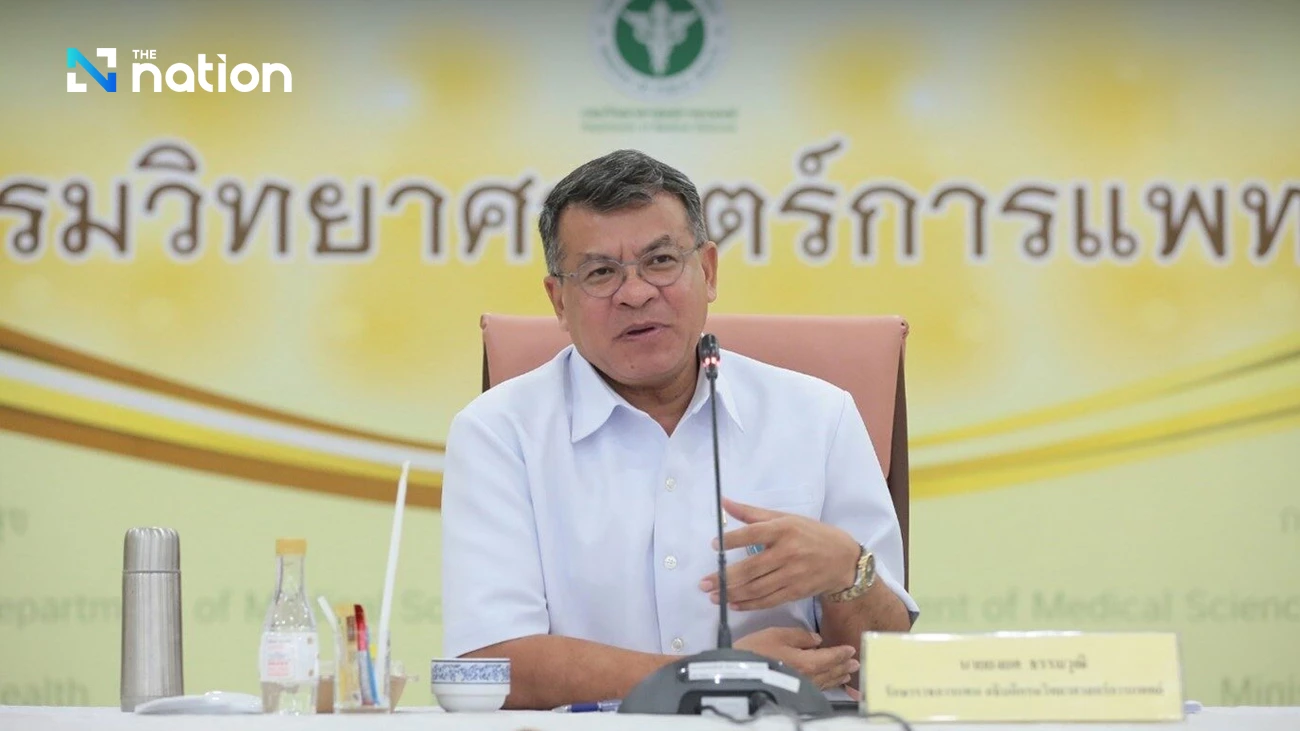
The majority of influenza cases in Thailand have been caused by the A/H1N1 (pdm09) virus, followed by the B Victoria and A (H3N2) strains, the Department of Medical Sciences reported on Tuesday.
Department Director-General Yongyos Thammawut explained that between October 2024 and January 2025, 39.46% of flu cases were attributed to A/H1N1 (pdm09), while 34.86% were linked to B (Victoria) and 25.68% to A (H3N2).
Among the A/H1N1 (pdm09) cases, 86.75% of patients were infected with the 6B.1A.5a.2a clade, followed by 13.25% infected with the 6B.1A.5a.2a.1 clade.
Yongyos highlighted that 1.9% of A/H1N1 (pdm09) cases showed resistance to oseltamivir. However, there has been no recorded resistance among patients infected with A (H3N2) or B (Victoria).

Thailand’s flu outbreak trends align with the global situation, where 54.63% of cases are A/H1N1 (pdm09), 24.01% are A (H3N2), and 21.27% are B (Victoria), he said.
Given that oseltamivir is the primary antiviral treatment used in Thailand, Yongyos emphasized that authorities will use this data to optimise drug prescriptions and ensure a sufficient supply of suitable antiviral medications.
The Department of Medical Sciences continues to collaborate with networks to monitor the outbreak closely. Existing flu vaccines in Thailand remain effective against influenza strains in the country, he said.
Yongyos urged the public to receive an annual flu vaccination and adopt preventive measures such as frequent handwashing, avoiding close contact with flu patients, and staying away from crowded or poorly ventilated areas. He also recommended wearing a face mask when experiencing flu symptoms.

The Department of Disease Control reported 131,826 flu cases and 12 fatalities between January 1 and February 24.
According to department director-general Panumas Yanwetsakul, the majority of patients were children aged 5-9 years, followed by those aged 0-4 years and teenagers aged 10-14 years.
The 10 provinces with the highest infection rates per 100,000 people are Phayao (638.55), Lamphun (591.61), Chiang Rai (469.88), Phuket (456.36), Chiang Mai (443.04), Lampang (374.70), Nan (341.83), Bangkok (331.85), Ubon Ratchathani (301.93), and Nonthaburi (290.59).
Panumas noted that weekly flu cases this year are expected to be 1.6 times higher than last year.
In 2024, Thailand recorded 668,027 flu cases and 51 fatalities, with most infections attributed to influenza A (H1N1), he added.


